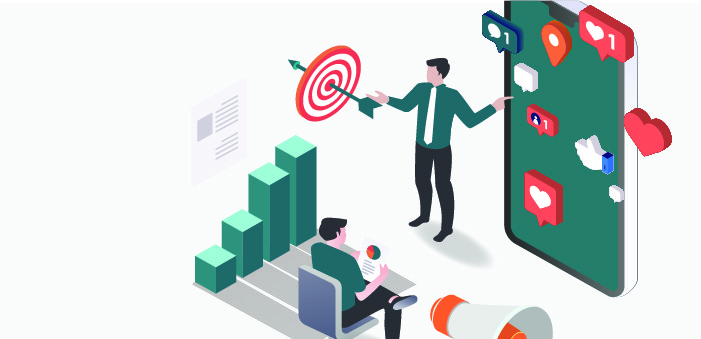In the digital age, where attention spans are short and options are plentiful, businesses must prioritise creating smooth and efficient user experiences to stand out from the competition. One crucial aspect of ensuring a seamless experience is minimising friction during the conversion process. Friction refers to any obstacles, hurdles, or complexities that users encounter when attempting to complete a specific action, such as signing up for a service, making a purchase, or subscribing to a newsletter. To enhance user satisfaction and drive desired actions, companies must prioritise the reduction of friction by simplifying the conversion process.
The Impact of Friction on User Behaviour

Friction can have a significant impact on user behaviour. When users encounter unnecessary steps, confusing instructions, or an overload of form fields, they are more likely to abandon the conversion process altogether. High friction can lead to frustration, loss of trust in the brand, and ultimately, a decline in conversion rates. Studies have shown that every additional step in a conversion process can result in a drop in completion rates. Therefore, reducing friction becomes paramount in optimising user experiences and achieving desired business outcomes.
Streamlining the Conversion Process

Simplifying the conversion process requires a deliberate and user-centric approach. By focusing on minimising the number of steps and form fields required, businesses can create a more efficient and satisfying experience for their users. Here are some strategies to consider:
1. Prioritise Essential Information: Identify the key pieces of information that are absolutely necessary for the conversion process. Avoid overwhelming users with extraneous questions that might discourage them from proceeding. A concise and focused approach will keep users engaged and more likely to complete the action.
2. Progressive Profiling: Instead of presenting users with a long list of form fields all at once, consider implementing a progressive profiling approach. Gather essential information initially and gradually collect additional details over time. This not only reduces the initial friction but also allows you to build a more complete user profile over multiple interactions.
3. Pre-Fill Information: Leverage data you already have about users to pre-fill certain form fields. For example, if a user has provided their name and email address previously, use that information to save them time during subsequent interactions.
4. Clear and Concise Instructions: Provide clear and concise instructions at each step of the conversion process. Ambiguity can lead to confusion and hesitation, which in turn increases friction. Make sure users understand what is required of them and how to proceed.
5. Visual Design and Layout: A cluttered and complex design can create a sense of overwhelm for users. Employ a clean and intuitive layout that guides users through the process. Utilise visual cues such as progress indicators to show users how far they’ve come and how much is left to complete.
6. Mobile Optimisation: With the rise of mobile usage, it’s crucial to ensure that the conversion process is optimised for various devices. A responsive design that adapts seamlessly to different screen sizes and touch interactions is essential for reducing friction.
7. Testing and Iteration: Continuously test and iterate on your conversion process. Collect user feedback, analyse data, and identify pain points in the user journey. Use this information to refine and improve the process over time.
Benefits of Reducing Friction

By successfully reducing friction in the conversion process, businesses can reap numerous benefits:
1.Higher Conversion Rates The most obvious benefit is an increase in conversion rates. When the process is simple and straightforward, more users will complete the desired actions.
2. Enhanced User Satisfaction: A smoother experience leads to higher user satisfaction. Satisfied users are more likely to become loyal customers and advocates for your brand.
3. Lower Abandonment Rates: Reduced friction directly correlates with lower abandonment rates. Users are less likely to abandon the process out of frustration or confusion.
4. Positive Brand Perception: A user-friendly conversion process reflects positively on your brand. Users appreciate companies that value their time and provide effortless experiences.
5. Data Accuracy: By asking for essential information only, you’re more likely to receive accurate and reliable data from users.
Conclusion
In conclusion, reducing friction by simplifying the conversion process is a vital strategy for creating exceptional user experiences and achieving business goals. By minimising the number of steps and form fields, and by employing clear instructions and responsive design, businesses can effectively guide users toward completing desired actions. With higher conversion rates, increased user satisfaction, and a stronger brand perception, the benefits of reducing friction are clear. Embracing a user-centric approach to design and optimising the conversion journey can set your business on the path to success in the competitive digital landscape.
Are you ready to grow conversion and explore the world of digital marketing further? Talk to our team of experts about your needs, challenges and goals. To learn more about how we can help, visit our Digital Services Page.
Book A Call






